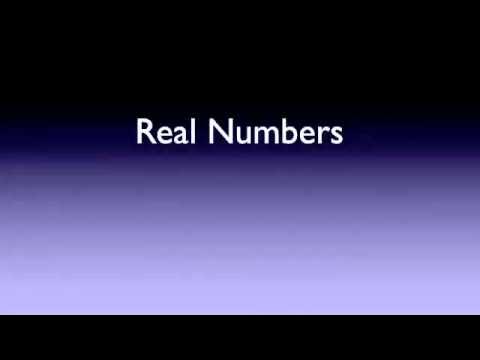Factorial Notation
Summary
TLDRThis video script introduces the concept of factorial notation in combinatorics, a mathematical operation denoted by 'n!', representing the product of all natural numbers up to n. It illustrates calculations for factorials of 4, 5, and 8, emphasizing the simplification process by reducing common factors. The script also notes that 0! equals 1, crucial for combinatorial calculations.
Takeaways
- 📚 Factorial notation is a special mathematical concept used in combinatorics.
- 🔢 n factorial (n!) represents the product of all natural numbers from 1 to n.
- 🌰 For instance, 4! equals 4 x 3 x 2 x 1, which is 24.
- 🌟 5! equals 5 x 4 x 3 x 2 x 1, resulting in 120.
- 🎲 8! is calculated as 8 x 7 x 6 x 5 x 4 x 3 x 2 x 1, totaling 40320.
- ❗ Zero factorial (0!) is defined to be 1.
- 🔄 Simplifying factorial expressions involves writing them out and reducing by the greatest common factor.
- 📝 The process may require multiple reductions to fully simplify an expression.
- 🔎 In combinatorics, factorials are frequently used and simplified to solve problems.
- 📐 After reducing common factorials, there may still be common factors that need to be reduced.
Q & A
What is a factorial in mathematics?
-A factorial, denoted by n!, is the product of all natural numbers from one to n.
What is the value of four factorial?
-Four factorial (4!) is the product of 4, 3, 2, and 1, which equals 24.
How is five factorial calculated?
-Five factorial (5!) is calculated by multiplying 5, 4, 3, 2, and 1 together, resulting in 120.
What is the result of eight factorial?
-Eight factorial (8!) is the product of all numbers from 1 to 8, which equals 40,320.
Is there a factorial for zero?
-Yes, zero factorial (0!) is defined as 1.
Why is simplifying factorials important in combinatorics?
-Simplifying factorials is important in combinatorics because it helps in reducing complex expressions and finding the greatest common factor.
How can you simplify factorial expressions?
-You can simplify factorial expressions by writing them out using the definition, then reducing by the greatest common factor.
What does it mean to reduce by the greatest common factor?
-Reducing by the greatest common factor means to divide each term in the expression by the largest number that divides evenly into all terms.
Can you provide an example of simplifying a factorial expression?
-Sure, consider the expression 5!/3!. Writing out the factorials gives 120/6, and reducing by the greatest common factor (6) results in 20.
What is the special notation introduced in the script?
-The special notation introduced in the script is the factorial notation, denoted by an exclamation mark after a number.
Why is the factorial notation frequently used in combinatorics?
-The factorial notation is frequently used in combinatorics because it represents the number of ways to arrange a set of objects, which is a fundamental concept in the field.
Outlines

このセクションは有料ユーザー限定です。 アクセスするには、アップグレードをお願いします。
今すぐアップグレードMindmap

このセクションは有料ユーザー限定です。 アクセスするには、アップグレードをお願いします。
今すぐアップグレードKeywords

このセクションは有料ユーザー限定です。 アクセスするには、アップグレードをお願いします。
今すぐアップグレードHighlights

このセクションは有料ユーザー限定です。 アクセスするには、アップグレードをお願いします。
今すぐアップグレードTranscripts

このセクションは有料ユーザー限定です。 アクセスするには、アップグレードをお願いします。
今すぐアップグレード5.0 / 5 (0 votes)






